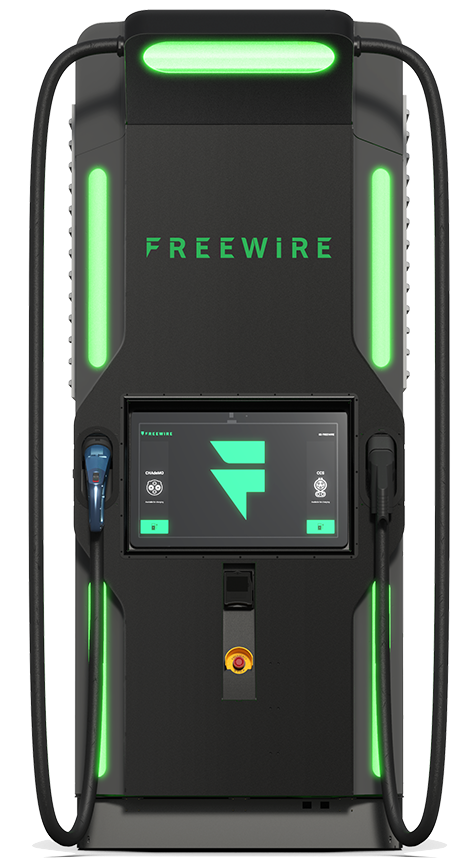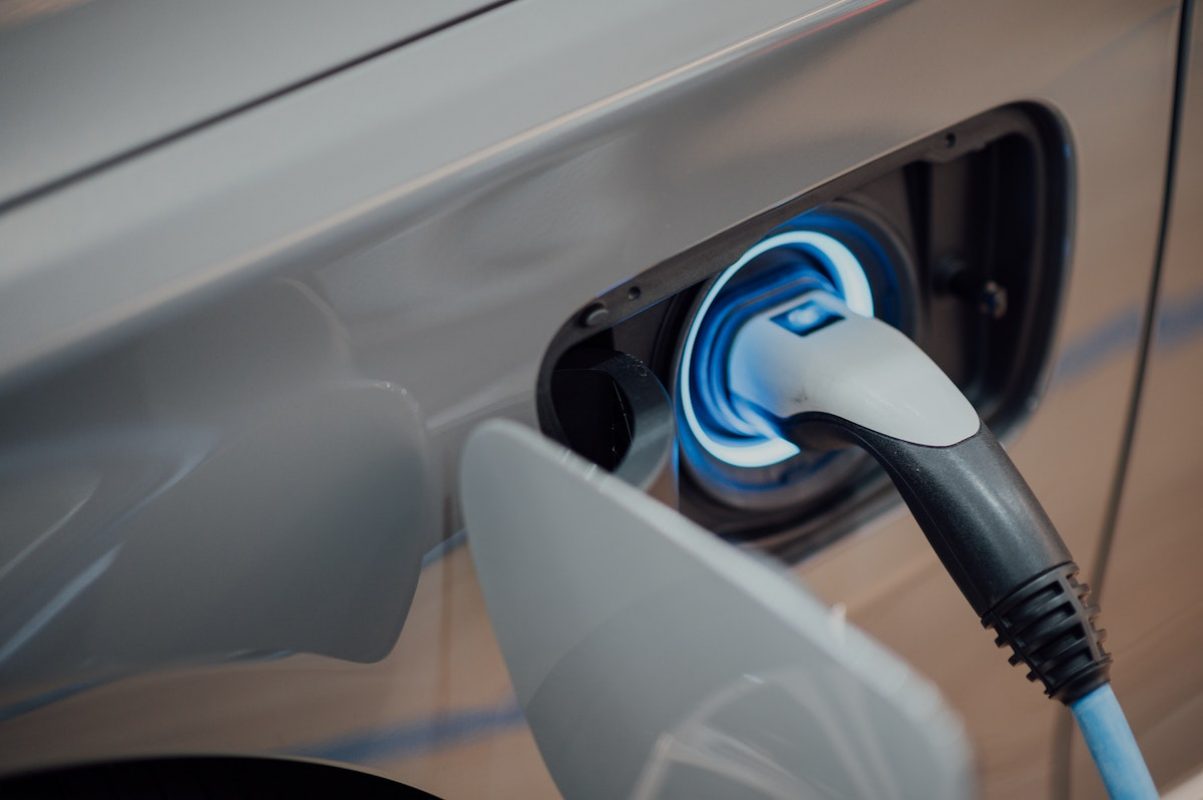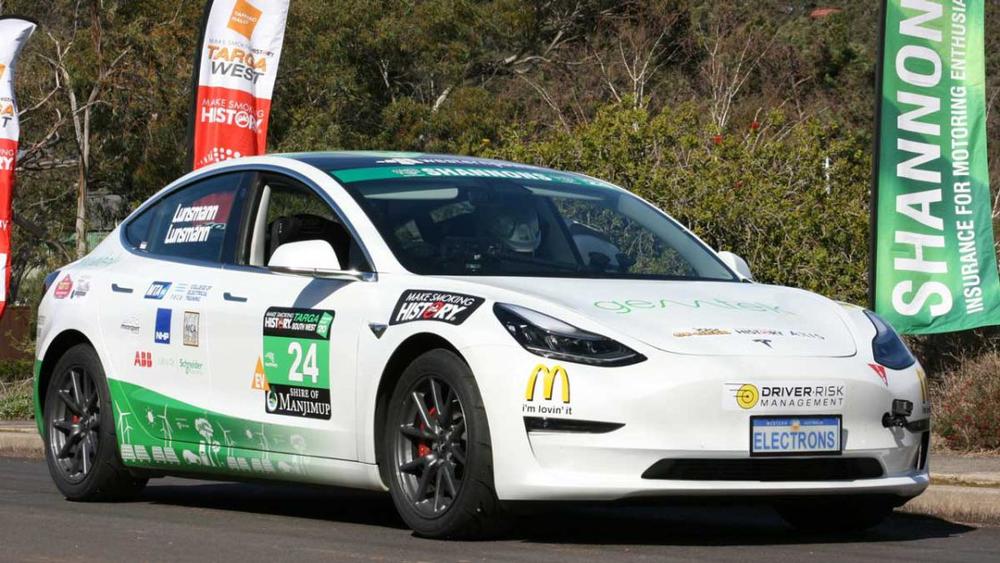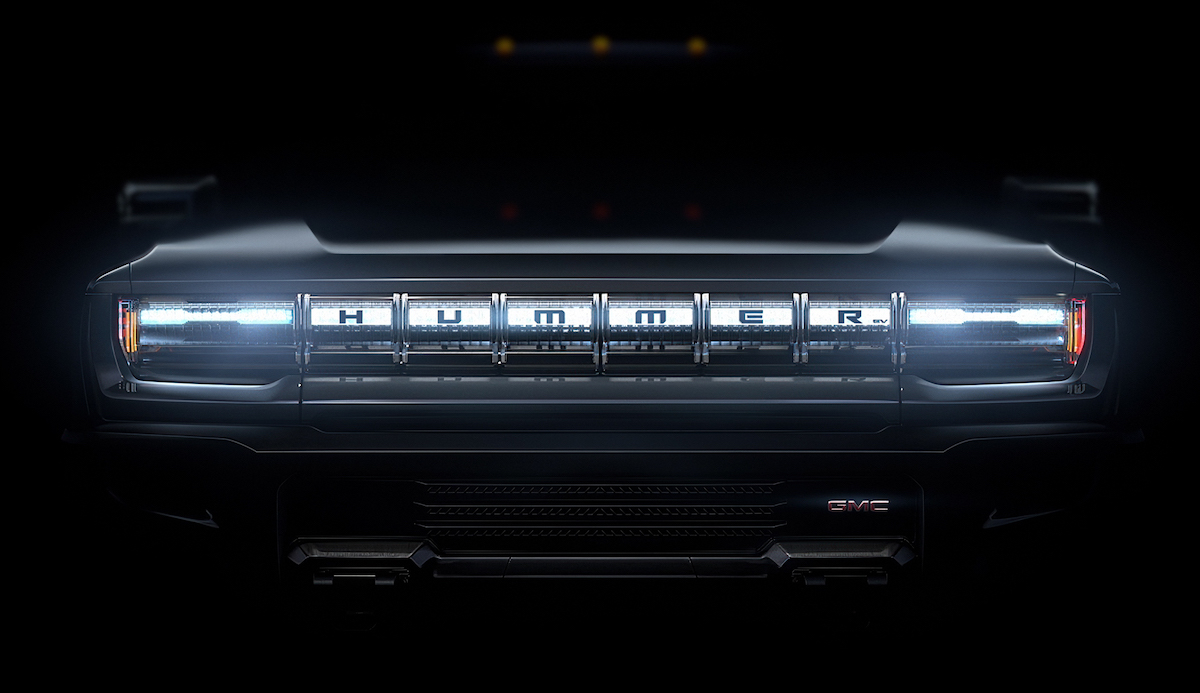FreeWire Technologies’ recently announced Boost Charger is a curious new addition to the EV charge station landscape. It aims to solve the problem of stretched charging networks, but the concept banks on wide-scale adoption before it can be seen as a success.
FreeWire will attempt to rapidly onboard vendors (such as convenience stores and gas stations) as part of its plans to expand their network of ultrafast-charging stations.
Quicker and cheaper to install, almost anywhere!
The FreeWire Boost Charger is revolutionary in that it is the first battery-integrated ultra-fast EV charger to be installed in the US. Benefits include simple installation within hours and a unit that utilizes a single-phase “residential” connection from the grid. This not only makes the charge station cheaper to install than high-demand AC to DC chargers, but it also makes it especially attractive to property owners and gas stations that are looking to attract customers from high-value EV car owners.
In line with this concept, the first FreeWire Boost Charger was installed at an ampm convenience store, in Lodi, California. Owned by BP America, ampm’s chain of convenience stores could prove to be a perfect way of expanding the presence of FreeWire’s Boost Charger installations.
A true battery-buffer
What makes the Boost Charger different from other charge points is the integrated battery that is used to store energy from the grid connection.
Known as a battery buffer, this concept allows the FreeWire Boost Charger to transfer charge to a BEV from its own built-in battery.
This built-in high-capacity battery is slow-charged via a low-voltage connection but enables a battery “boost” within the charger to directly charge a car via ultrafast-charging.
The concept is similar to what we see in Tesla’s Supercharger V3 stations that have Powerpack batteries — but the key differentiator with FreeWire’s offering is that their unit’s footprint is much smaller and can be powered by a conventional 240V single-phase connection, whereas Tesla’s units require 480V.

120kW Charge speed on a single-phase connection
The use of a 240V connection doesn’t just save space and simplify installation, but will also mean that implementation can be virtually instant. Whereas as high voltage installations require approval and infrastructure changes which often come about after a lengthy waitlist (as additions must be made to the grid to accommodate such), the Boost Charger can be run off a typical residential connection. This type of charging station can also help lessen demands from the grid, especially at peak times.
The Boost Charger from FreeWire can charge one car at up to 120 kW, although that rate drops if two cars are being charged (to a maximum of 60 kW). In one demonstration, the FreeWire Boost Charger charged 12 BEVs in six hours, delivering 216 kWh. When the internal battery is depleted the Boost Charger is still able to recharge vehicles but at a more conventional “slow charge” rate.
It’s no secret that one of the biggest barriers to entry for many when it comes to EVs is the lack of freely available charge points. Not only does the FreeWire Boost Charger provide a solution for businesses who may not wish to fork out the kind of money previously needed for high-voltage infrastructure, but it also offers a quick and simple way to add EV charge points to millions of gas stations around the world.
Boost Charger Specs
| Input Voltage | 240V |
| Output Power | Charge one vehicle up to 120 kW or two vehicles up to 60 kW each |
| Output Voltage (DC) | 200V – 500V |
| Output Connectors | Dual-port: CHAdeMO and CCS |
| Battery Chemistry | Lithium nickel manganese cobalt oxide |
| Battery Capacity | 160 kWh |
| Communications | 4G LTE |
| Screen | 61 cm (24″) ruggedized LCD touchscreen |
| Dimensions | 145 cm (57.2″) W x 100 cm (39.3″) L x 242 cm (95.2″) H |
| Weight | 1,588 kg (3,500 lbs) |






